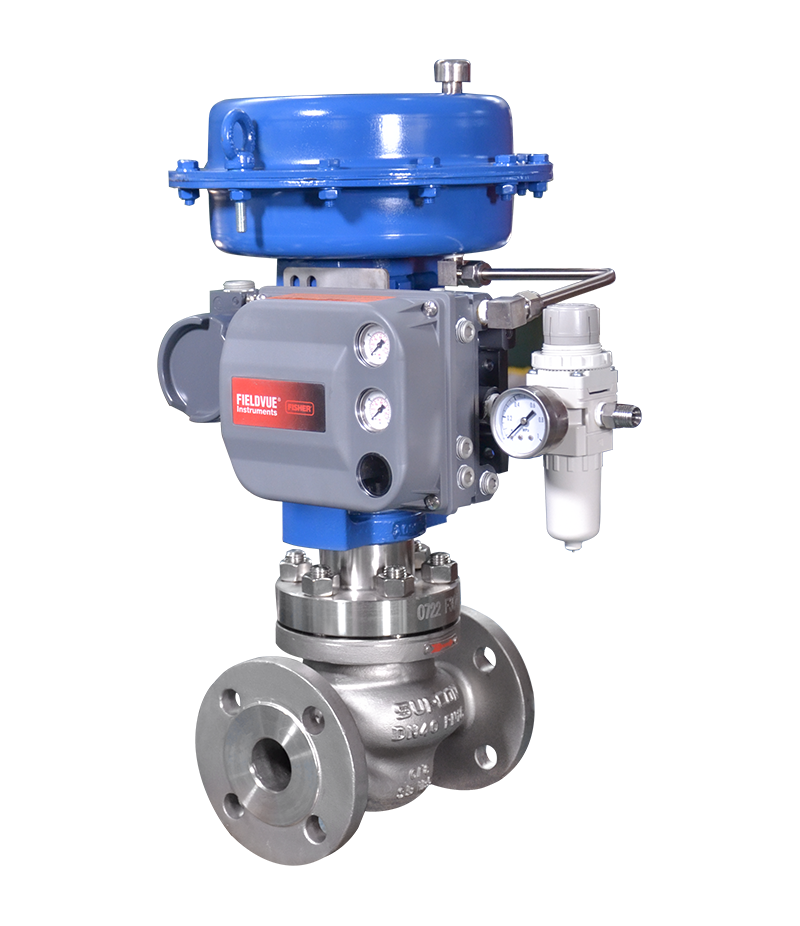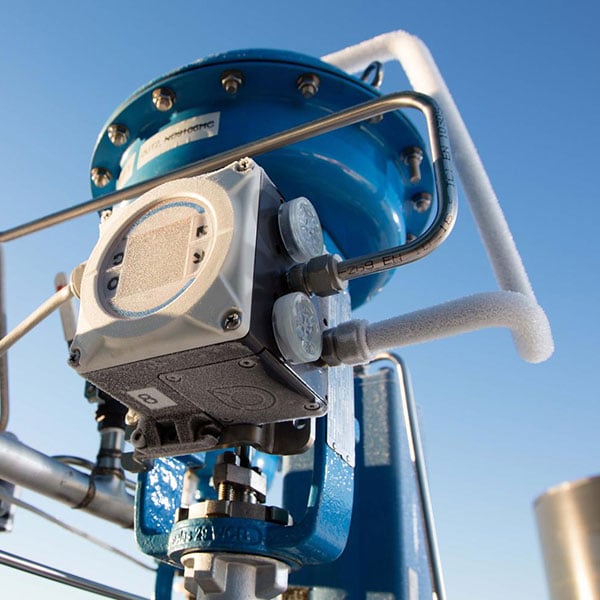The Duty of Control Valves in Fluid Flow Administration Solution
The Duty of Control Valves in Fluid Flow Administration Solution
Blog Article

Maximize Energy Financial Savings and Convenience With Advanced Building Automation Controls
In the realm of modern architecture and center management, the combination of advanced building automation regulates stands as an essential development. The convergence of technology and sustainability has actually birthed a brand-new era where power effectiveness, comfort optimization, and operational streamlining are no longer obtainable truths but remote goals. By utilizing the power of automation, buildings can adapt, react, and evolve in manner ins which were when unimaginable. The potential for substantial energy financial savings and enhanced comfort is not just an opportunity but a guarantee waiting to be fulfilled. This paradigm shift in structure administration holds the key to opening a world where ecological conscientiousness and resident health sympathetically exist together within the wall surfaces of our structures.
Power Performance Perks
Power efficiency benefits can dramatically minimize power intake and operational expenses in structures. By executing energy-efficient techniques and technologies, building proprietors and drivers can accomplish considerable financial savings while also adding to ecological sustainability. Among the primary advantages of boosting power efficiency in buildings is the reduction of utility costs. Energy-efficient systems, such as advanced structure automation controls, can enhance using sources like lights, cooling, and heating, leading to lower energy expenses in time.
Additionally, improved power efficiency can prolong the life-span of building equipment and systems. By running much more successfully, HVAC systems, lighting fixture, and other structure elements experience less deterioration, leading to reduced upkeep and replacement expenses. Additionally, energy-efficient structures usually regulate higher building values and rental prices, supplying long-lasting financial advantages to proprietors.
Moreover, power efficiency can enhance occupant convenience and performance. Appropriately managed indoor atmospheres with ideal lighting and thermal conditions produce a more conducive and pleasant work space, leading to improved staff member contentment and efficiency. In general, the energy efficiency benefits associated with innovative building automation controls are complex, including cost financial savings, environmental stewardship, and passenger wellness.
Boosted Convenience Control
Enhancing comfort control in structure atmospheres requires an advanced combination of advanced automation systems for optimal occupant health. By utilizing sophisticated structure automation controls, centers can tailor the interior atmosphere to fulfill the certain requirements and preferences of passengers. control valves.
By incorporating these sophisticated controls, structures can not just enhance convenience but also enhance power effectiveness by maximizing system operations based on actual tenancy and usage patterns. Inevitably, prioritizing owner comfort via sophisticated automation systems leads to a more delightful and much healthier indoor environment.
Functional Performance Improvements

Additionally, the application of real-time surveillance and analytics tools enables structure operators to determine power inefficiencies and functional abnormalities look at this site without delay. By continually keeping an eye on energy usage patterns and system efficiency metrics, changes can be made in real-time to optimize power usage and make certain peak functional performance. control valves. Furthermore, incorporating demand reaction methods into structure automation controls can further boost operational effectiveness by dynamically readjusting energy use based on grid problems and rates signals
Indoor Climate Optimization
Effective indoor environment optimization is a fundamental element of structure automation controls, ensuring owners' comfort and wellness while optimizing power savings. By making use of sophisticated sensing units and controls, constructing automation systems can continually adjust and keep track of temperature level, moisture degrees, air top quality, and ventilation to produce an optimum interior atmosphere. Maintaining consistent and comfortable conditions not only enhances occupant fulfillment yet additionally boosts productivity and overall well-being.
Indoor climate optimization also plays a critical duty in power performance. By basics fine-tuning ventilation, cooling, and home heating systems based on real-time data and occupancy patterns, building automation controls can significantly reduce power usage - control valves. As an example, carrying out methods such as demand-controlled ventilation and thermal zoning can help minimize power waste while ensuring that each location of the building receives the necessary conditioning.

Lasting Atmosphere Development
Building automation controls not only maximize indoor environment conditions for power efficiency and resident convenience however also lay the structure for creating a sustainable setting with strategic monitoring of resources and systems. By integrating innovative building automation modern technologies, such as sensors, actuators, and smart software program, facilities can check and readjust energy use in real-time to lessen waste and reduce their carbon impact. These systems make it possible for predictive upkeep, identifying possible problems before they escalate and maximizing devices efficiency to improve longevity and efficiency.
In addition, lasting atmosphere production prolongs beyond energy monitoring to encompass water conservation, waste decrease, and interior air quality improvement. Building automation controls can manage water use, discover leaks, and make sure appropriate waste disposal techniques, adding to overall sustainability efforts. Additionally, by keeping discover this info here an eye on and managing ventilation and filtration systems, these modern technologies enhance passenger wellness and performance while decreasing energy consumption connected with heating and cooling operations.
Conclusion
In conclusion, progressed structure automation manages deal considerable benefits in terms of power financial savings, convenience control, functional effectiveness, indoor climate optimization, and producing a sustainable environment. By executing these controls, buildings can attain optimum efficiency while minimizing power usage and enhancing resident comfort. It is evident that making use of innovative automation innovation is vital in improving building efficiency and producing a much more lasting future.
Power effectiveness benefits can considerably lower power consumption and operational prices in structures. Overall, the energy efficiency advantages linked with sophisticated building automation controls are diverse, encompassing cost financial savings, ecological stewardship, and resident well-being.
In addition, including demand feedback methods right into building automation controls can additionally boost functional performance by dynamically adjusting energy usage based on grid conditions and pricing signals.
Building automation controls not only optimize interior environment problems for power performance and owner convenience yet additionally lay the foundation for creating a sustainable environment with critical management of resources and systems.In conclusion, advanced building automation regulates deal significant benefits in terms of power cost savings, convenience control, operational effectiveness, indoor climate optimization, and developing a sustainable environment.
Report this page